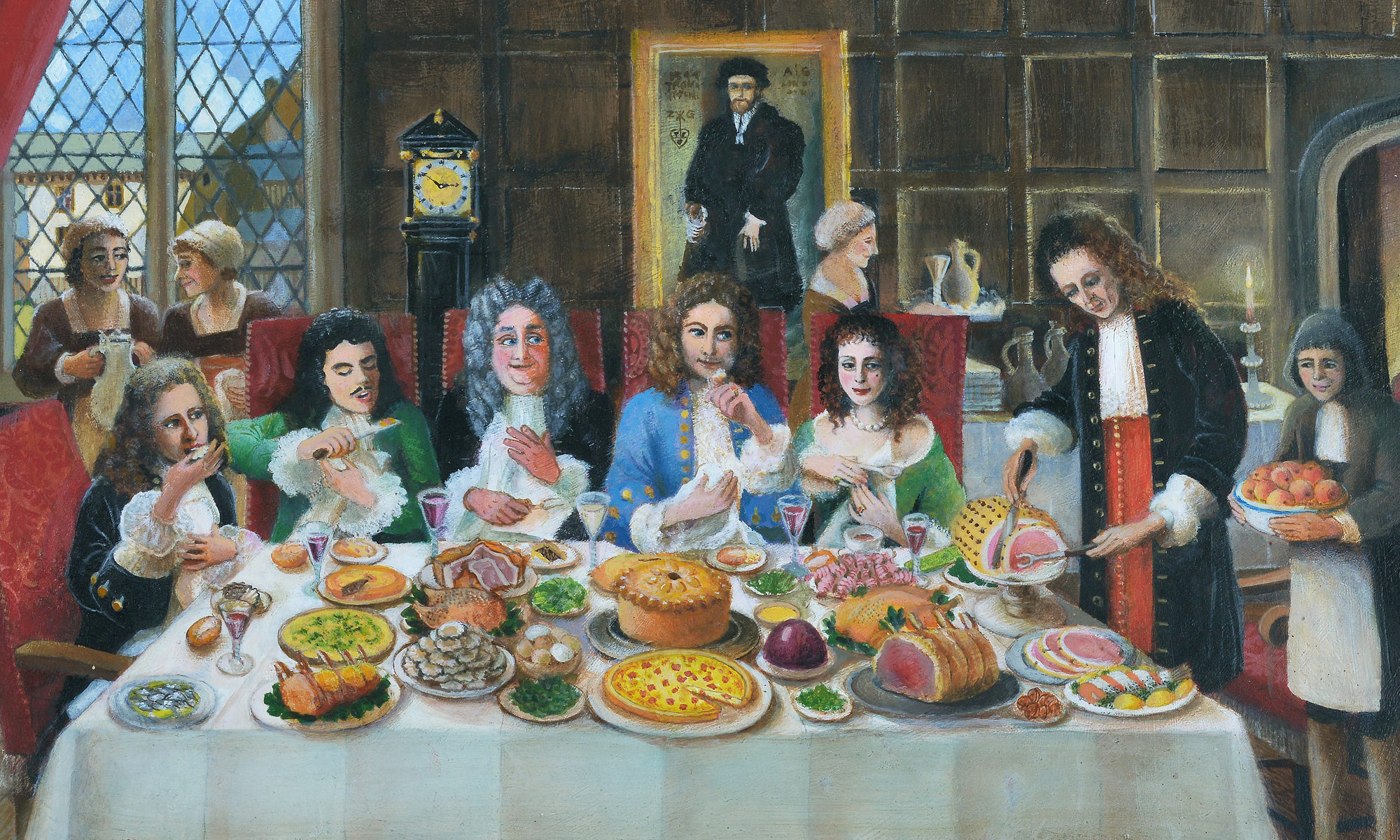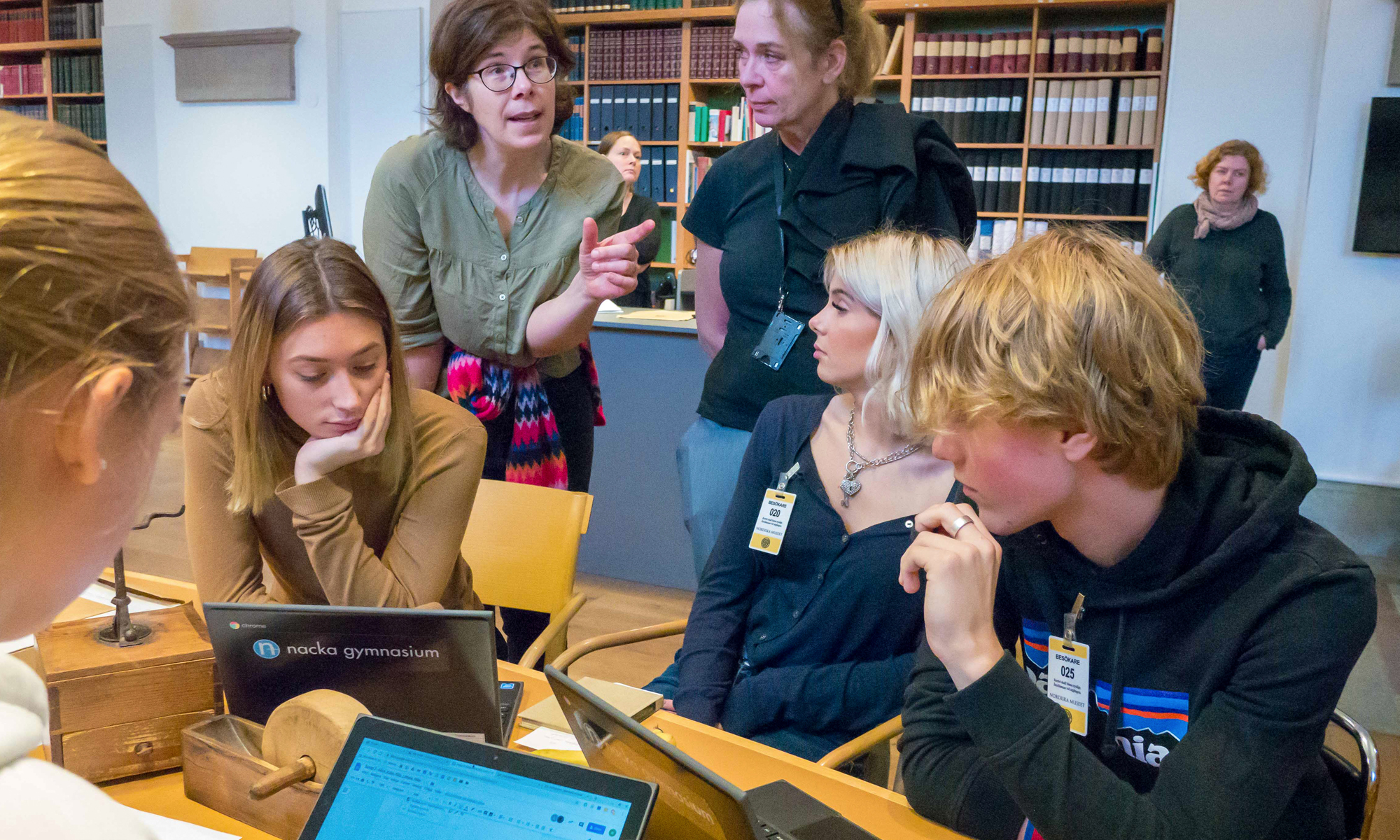The word ‘intoxicant’ has a central place in this project, as in wider scholarship. But what does the term really mean, and why do historians use it so regularly? Intoxicant is mainly used mainly to describe products which intoxicate – that ‘fuddle or make drunk’, or that artificially alter one’s physiological or neurological state. As Phil Withington and others have argued, whereas alternative words like ‘drugs’ possess strong ideological connotations pertaining to modern society and are more limited in what they evoke (mainly classified substances), intoxicant is a broadly encompassing neutral term, making it useful for describing and investigating a host of present-day consumables in different historical contexts. Usually, as in the Intoxicating Spaces project, scholars who talk about intoxicants refer to a familiar range of narcotics such as alcohols, coffee, opium, tea, and tobacco. Most of these commodities became popular from the early seventeenth century onwards as a consequence of increasing global trade and colonialism.
Getting to the Root of It: Saloop in Early Modern London
After a long night of ‘frolicking’, which included plenty of drinking, the friends George Price and Samuel Plumpton continued their evening with a hot dish purchased from a stall. In many ways these actions seem familiar, almost like grabbing a coffee at the end of a night out. Yet the thick, creamy concoction they stopped for, saloop, is probably unfamiliar. Originally made from powdered orchid roots, the dish was imported from the Ottoman Empire, arrived in the late seventeenth century, and flourished on London’s streets at the turn of the eighteenth century. However, by the late nineteenth century, the drink had faded into obscurity, forgotten from history books, and often discussed as no more than a passing fad. Yet despite its brief lifecycle, saloop provides unique insights into the relationship between the consumption of new exotic goods and the space and routines of the early modern metropolis.
Continue reading “Getting to the Root of It: Saloop in Early Modern London”
Intoxicants and Early Modern European Globalization: The Making of a Special Issue
This month and next, The Historical Journal will be publishing a special issue dedicated to examining the relationship between ‘Intoxicants and Early Modern European Globalization’. Co-edited by me and Kathryn James, the open access volume consists of an introduction and eleven case studies unpacking the spaces, practices, and material culture that characterised the production and consumption of intoxicants in Europe, the Atlantic, and South Asia between the sixteenth and eighteenth centuries.
Object Lessons: Co-Creating an Exhibition with School Pupils and the German Maritime Museum
One ear-achingly chilly day in February 2020, forty-odd pupils from secondary schools in Oldenburg and Neu Wulmsdorf, three teachers and I descended on the German Maritime Museum (DSM) in Bremerhaven. Our mission? To explore the museum’s extensive collection of intoxicant-related historical treasures and to brainstorm ideas for an exhibition – researched and curated by students with assistance from staff at the DSM – on the history of tobacco, coffee, tea, chocolate, and sugar in port cities of the early modern period.
CFP: Intoxicating Spaces: Global and Comparative Perspectives
An international conference organised and funded by the HERA research project Intoxicating Spaces: The Impact of New Intoxicants on Urban Spaces in Europe, 1600–1850, a collaboration between the University of Sheffield, the University of Oldenburg, the University of Stockholm, and Utrecht University.
Continue reading “CFP: Intoxicating Spaces: Global and Comparative Perspectives”
8 Intoxicating Objects from Nordiska Museet
A key part of the Intoxicating Spaces project is our work with schools in the UK, Germany, the Netherlands, and Sweden. Back in October, a group of 30 pupils from our Stockholm partner school Nacka Gymnasium joined our Swedish research team at Nordiska Museet, Sweden’s largest museum of cultural history, for a day among their intoxicant-related holdings. Here, the pupils share their favourite discoveries…
Continue reading “8 Intoxicating Objects from Nordiska Museet”
Addictive Cinema: 17 Intoxicating Films for the Holiday Season
One of the central and most rewarding aspects of the Intoxicating Spaces project is our work with sixth formers from schools in Utrecht, Oldenburg, Sheffield, and Stockholm. We’re all film-lovers, so Stephen suggested we assemble for our participating pupils a ‘must-watch’ list of family-friendly movies that deal with drugs and intoxicants in time and space at various points in history. We’re pretty pleased with the resulting roster, so, with the holiday season looming and sofas and widescreens poised for action, we thought we’d share it on the blog as well! Let us know if we’ve missed anything…
Continue reading “Addictive Cinema: 17 Intoxicating Films for the Holiday Season”







